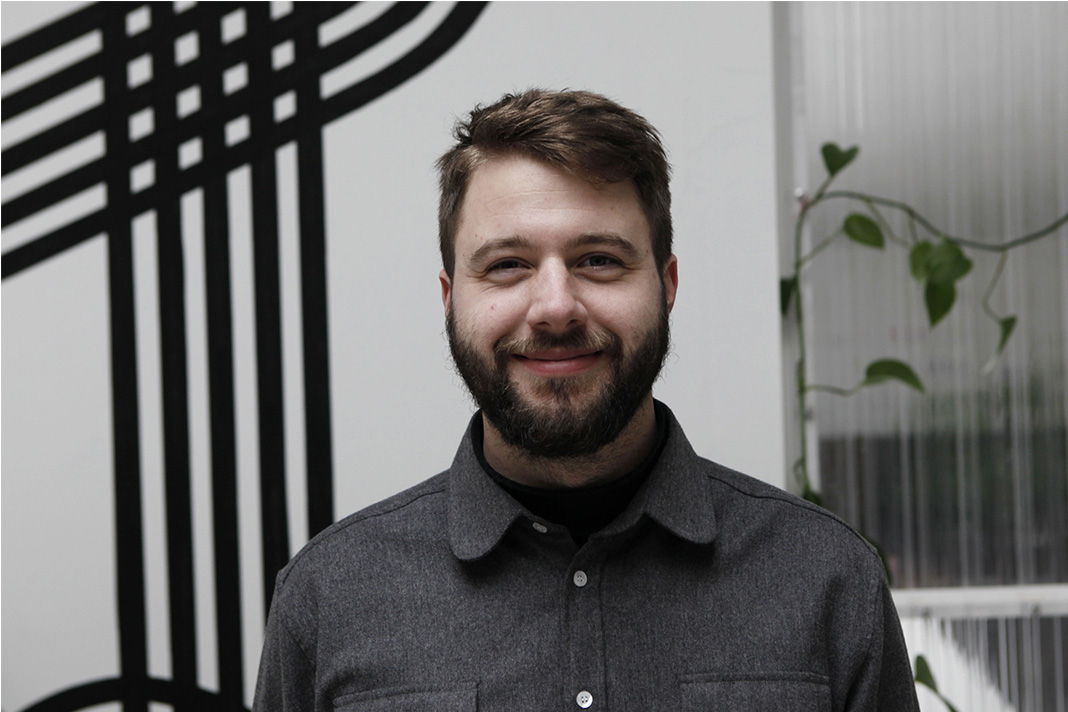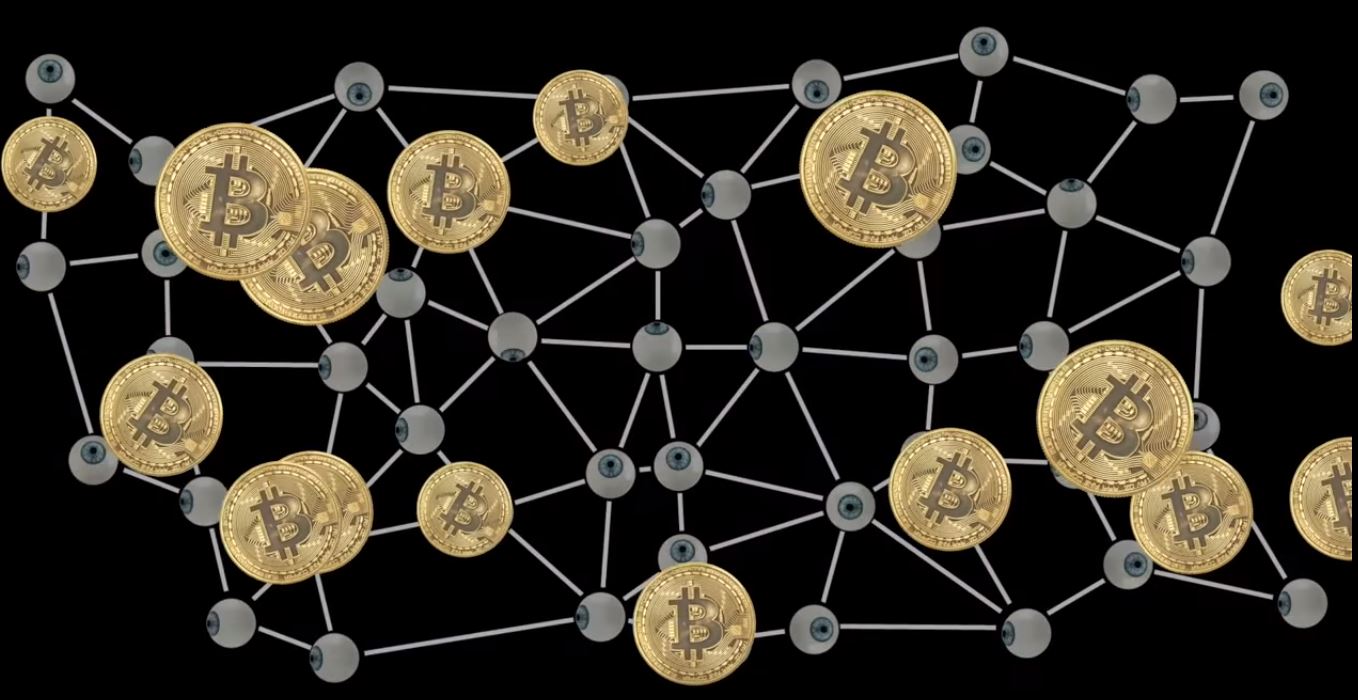Print media has been in steady decline since the dawn of the internet and with it also the coveted ad revenues. The ads have since migrated to the worldwide web. Globally, the digital ad revenue market reached $143 billion and is expected to rise even further in the coming years.
Traditional media outlets are left to fight over the scraps after Google and Facebook take their cut. In Denmark, 70 to 90 per cent of the increase in total ad revenues is expected to flow to the tech giants’ headquarters in Silicon Valley, according to a new report from the Ministry of Culture. The development has left the media industry in a wild hunt for the business model of the 21st century.
An unexpected solution has given hope to many in the media sector when payment technologies company Smart Payments has partnered with Danish online publisher TechSavvy. The two companies are to launch a pilot test of a micropayment system based on blockchain technology that allows media users to pay for what they read per article.
A stellar blockchain solution
The goal of the project is to help media sites that are yet to turn readers into subscribers and to create a sustainable business model via ads. Lars Bernhard, head of sales and business development at Smart Payments, sees a great potential in micropayments powered by blockchain.
“We envision a future where readers head to their favourite media site and are prompted to log in to Facebook. Then a wallet is created with a few coins in it for a number of free articles. When those are used up, readers are then required to refill their wallet in order to get access to more articles. Credits could also be earned for sharing content with friends,” explains Bernhard.
Though this accomplishment could, technologically, have been achieved without the bells and whistles of the blockchain, the low transaction fees could not.
“The amount of money that an article can be sold for will probably range between one and ten kroner. However, the fee for using traditional means of payments such as cards would, in this case, be relatively high. The project for micropayments runs on the Stellar blockchain because it comes with very low transaction fees,” says Bernhard.
Stellar offers faster and cheaper transactions than Bitcoin, its more famous counterpart. In addition, the blockchain ledger keeps track of who read what and where, while providing the security and anonymity that the technology is so popular for.
A world without paywalls
If the first pilot test, scheduled to start this summer, goes according to plan, there will be a larger rollout. Readers will then be able to put together a news feed by themselves instead of being tied to a single subscription.
“We believe in a media future where people can sign up once and then read articles on as many platforms as they want to. Therefore, our solution is made as simple and user-friendly as possible,” Bernhard argues and goes on to explain why TechSavvy Media is a good partner for the upcoming pilot:
“The good thing about TechSavvy is that their readers are very open-minded when it comes to new technologies and solutions, and they are likely to find a solution like this appealing. Secondly, theirs is a niche media and the amount of readers is not as high as that of other media powerhouses.”
TechSavvy is an online media platform that covers the trends, updates and important players of the Danish startup ecosystem. To Jakob Lindmark Frier, founder and editor in chief of the year-old media startup, being part of the test run was an obvious choice.
“We are a startup that delivers insights on startups. If we did not try a solution like this, who else would?” he asks rhetorically. “We want to shape and build media that is able to utilise new technologies to power new business models and, hopefully, we will aspire other niche medias to do so, too. That’s why Stellar is a perfect match for us and the decision to move forward is bilateral.”

From micropayments to macro changes
TechSavvy’s revenue stream is comprised of a number of traditional sources. Lindmark Frier sees an opportunity for both financial and professional gain with the micro payment solution.
“As of now, 90 per cent of the work we do does not have a direct impact on our bottom line. I have seen enough startup pitches to know that this is not a sustainable business model. Micropayments may well prove to be the means to create such a model,” predicts Lindmark Frier.
According to the media expert, there are several upsides to micropayments, and he is hoping to make it a fixed solution for the future.
“Media in the new age is not about clicks—it is about an audience. We know our readers well enough to know that they expect relevant information and a constant influx of news. By using this solution, we are also able to credit our readers and give them incentive to share articles in their social media channels. This will create more awareness for TechSavvy and help us go pan-Nordic,” says Lindmark Frier and adds:
“If micro payments becomes successful, we can focus on our core merits. Furthermore, it will also allow us time to resource intensive pieces which we could compensate for through micropayments. There is no better way to validate your content than by people being willing to pay for it.”








 Kære læser, du er meget velkommen til at dele vores artikler på sociale medier, linke eller referere til artikler eller content på TechSavvy.media. Men ønsker du helt eller delvist at kopiere indhold fra sitet må det kun ske efter aftale med vores redaktion på editorial@techsavvy.media.
Kære læser, du er meget velkommen til at dele vores artikler på sociale medier, linke eller referere til artikler eller content på TechSavvy.media. Men ønsker du helt eller delvist at kopiere indhold fra sitet må det kun ske efter aftale med vores redaktion på editorial@techsavvy.media.
 Kære læser, du er meget velkommen til at dele vores artikler på sociale medier, linke eller referere til artikler eller content på TechSavvy.media. Men ønsker du helt eller delvist at kopiere indhold fra sitet må det kun ske efter aftale med vores redaktion på editorial@techsavvy.media.
Kære læser, du er meget velkommen til at dele vores artikler på sociale medier, linke eller referere til artikler eller content på TechSavvy.media. Men ønsker du helt eller delvist at kopiere indhold fra sitet må det kun ske efter aftale med vores redaktion på editorial@techsavvy.media.